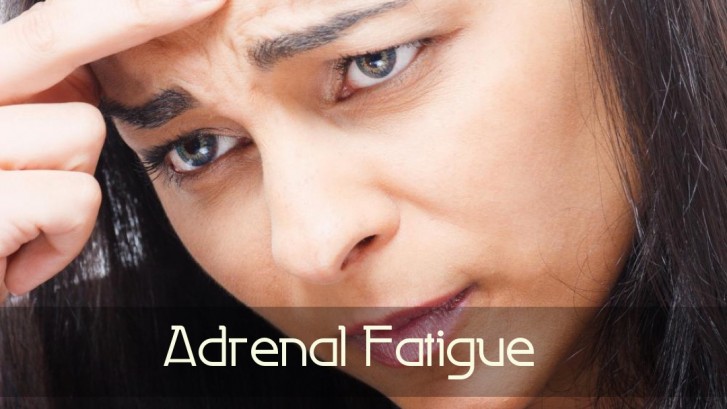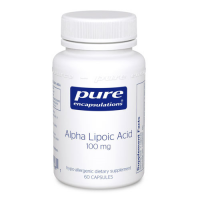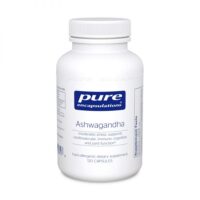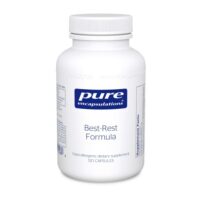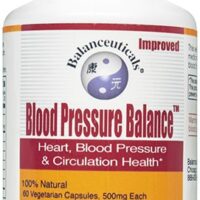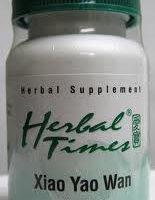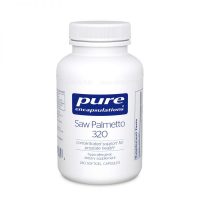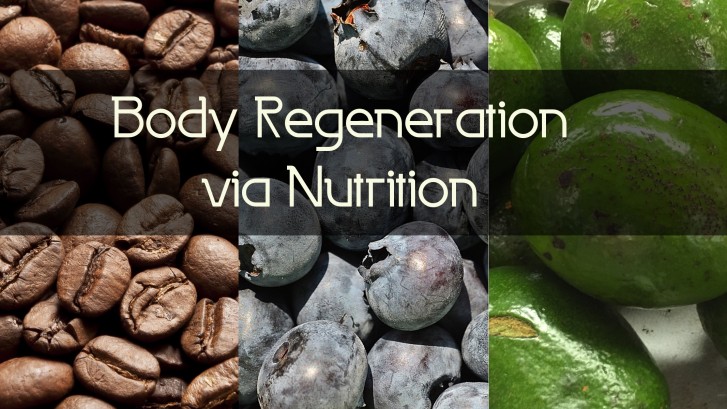It may come as a surprise to some, especially those with conventional medical training, but humans are in a default state of ceaseless body regeneration. Without this flame-like process of continual cell turnover within the body – life and death ceaselessly intertwined – the miracle of the human body would not exist.
Cultivating diets, lifestyles and attitudes which promote body regeneration can interrupt the circuit of disease and help us to attain a healthy freedom that liberates the human mind, body, soul and spirit.
In times of illness, however, body’s regenerative processes are overcome by degenerative ones. This is where medicine may perform its most noble feat, nudging the body back into balance with foods, herbs, nutrients, healing energies, i.e. healing intention. Today, however, isolationist pharmaceutical drug-based medicine invariably uses chemicals that have not one iota of body regenerative potential. To the contrary, they almost always interfere with body’s self-renewal in order to suppress the symptoms – masking verses healing.
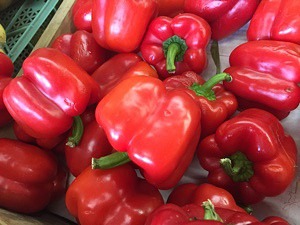
Great fresh produce found at reasonable prices at the Lakeland Downtown Saturday Curb Market and the Auburndale Flea Market Friday, Saturday and Sunday.
Western Medicine that is at best a few hundred years old and was founded on natural medicine yet have lost its way due to corporate need to isolate compounds, synthesize and patent fragmented aspects nature. This model completely ignores the body as a whole and nature as a whole. A simple example is we all know vitamin C is good for us. We could take an isolated vitamin C pill and we would benefit from it. However, within fruits and vegetables that are rich in vitamin C such as citrus fruit (oranges, lemons, limes, tangerines, clementines, grapefruit), chili peppers, red and green bell peppers, kale, broccoli, papaya, strawberries, cauliflower, brussels sprouts, pine apple and kiwi, mango. Eating these fruits and vegitables whole provide not only the vitamin C but also complementary beneficial vitamins, minerals, flavonoids, fiber and so much more. Not to mention the pleasure of eating wonderful tasting fresh deliciousness.
Beta-Cell Regeneration – Unfortunately, the medical community has yet to harness the diabetes-reversing potential of natural compounds. Whereas expensive stem cell therapies, islet cell transplants, and an array of synthetic drugs in the developmental pipeline are the focus of billions of dollars of research, annually, our kitchen cupboards and backyards may already contain the long sought-after cure for type 1 diabetes. The following compounds have been demonstrated experimentally to regenerate the insulin-producing beta cells, which are destroyed in insulin dependent diabetes, and which once restored, may (at least in theory) restore the health of the patient to the point where they no longer require insulin replacement.
- Gymenna Sylvestre (“the sugar destroyer”)
- Nigella Sativa (“black cumin”)
- Vitamin D – critical in a huge amount of human hormones. Naturally it comes from exposure to the sun.
- Curcumin (from the spice Turmeric)
- Arginine
- Avocado
- Berberine (found in bitter herbs such as Goldenseal and Barberry)
- Bitter Melon
- Chard (yes, the green leafy vegetables)
- Corn Silk
- Stevia
- Sulforaphane (especially concentrated in broccoli sprouts)
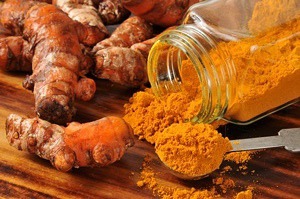
Turmeric is a mild flavored spice that’s easy to incorporate into recipes – spaghetti sauces and so much more – that is responsible for the Curcumin Pain Relieving supplements.
Nerve Regeneration – There are actually a broad range of natural compounds with proven nerve-regenerative effects. A 2010 study published in the journal Rejuvenation Research, for instance, found a combination of blueberry, green tea and carnosine have neurogenic (i.e. promoting neuronal regeneration) and stem-cell regenerative effects in an animal model of neurodegenerative disease. [1] Other researched neurogenic substances include:
- Curcumin (from the spice Turmeric)
- Over 100 recipes with Turmeric at AllRecipes.com
- Check out the “Fighting PMS with Turmeric” article
- Lion’s Mane Mushroom
- Apigenin (compound in vegetables like celery)
- Blueberry
- Ginseng – thinly slice some and add hot water for a refreshing tea that’s easy to drink all day. Add ice if you like and some lemon.
- Huperzine
- Natto
- Red Sage (Danshen)
- Resveratrol
- Royal Jelly
- Theanine (found in Green Tea)
- Ashwaganda
- Coffee (trigonelline)
There is another class of nerve-healing substances, known as remyelinating compounds, which stimulate the repair of the protective sheath around the axon of the neurons known as myelin, and which is often damaged in neurological injury and/or dysfunction, especially autoimmune and vaccine-induced demyelination disorders. It should also be noted that even music and falling in love have been studied for possibly stimulating neurogenesis, regeneration and/or repair of neurons, indicating that regenerative medicine does not necessary require the ingestion of anything; rather, a wide range of therapeutic actions may be employed to improve health and well-being, as well.
Liver Regeneration – Glycyrrhizin, a compound found within licorice, and which we recently featured as a powerful anti-SARS virus agent, has also been found to stimulate the regeneration of liver mass and function in the animal model of hepatectomy. Other liver regenerative substances include:
- Carvacrol (a volatile compound in oregano)
- Curcumin
- Korean Ginseng
- Rooibos
- Vitamin E
Cardiac Cell Regeneration – Not too long ago, it was believed that cardiac tissue was uniquely incapable of being regenerated. A new, but rapidly growing body of experimental research now indicates that this is simply not true, and there is a class of heart-tissue regenerating compounds known as neocardiogenic substances. Neocardiogenic substances are able to stimulate the formation of cardiac progenitor cells which can differentiate into healthy heart tissue, and they include the following:
- Resveratrol
- Siberian Ginseng (Eleuthero)
- Red Wine Extract
- Geum Japonicum
- N-acetyl-cysteine
Another remarkable example of cardiac cell regeneration is what is known as fetomaternal trafficking of stem cells through the placenta. There is an amazing process known as “fetal microchimerism” by which the fetus contributes stem cells to the mother which are capable of regenerating her damaged heart cells, and possibly a wide range of other cell types.
Hormone Regeneration – there are secretagogues, which increase the endocrine glands’ ability to secrete more hormone, and there are substances that truly regenerate hormones which have degraded (by emitting electrons) into potentially carcinogenic “transient hormone” metabolites. One of these substances is vitamin C. A powerful electron donor, this vitamin has the ability to contribute electrons to resurrect the form and function of estradiol (estrogen; E2), progesterone, testosterone, for instance. [2] In tandem with foods that are able to support the function of glands, such as the ovaries, vitamin C may represent an excellent complement or alternative to hormone replacement therapy.
Cartilage/Joint/Spine Regeneration – Curcumin and resveratrol have been shown to improve recovery from spinal cord injury. Ultimately, regenerative medicine threatens to undermine the very economic infrastructure that props up the modern, drug-based and quite candidly degenerative medical system. Symptom suppression is profitable because it guarantees both the perpetuation of the original underlying disease and the generation of an ever-expanding array of additional, treatment-induced symptoms.
Disclaimer: This article is not intended to provide medical advice, diagnosis or treatment.
[1] NT-020, a natural therapeutic approach to optimize spatial memory performance and increase neural progenitor cell proliferation and decrease inflammation in the aged rat. Rejuvenation Res. 2010 Jun 29. Epub 2010 Jun 29. PMID: 20586644
[2] Photo-induced regeneration of hormones by electron transfer processes: Potential biological and medical consequences. Radiat Phys Chem Oxf Engl 1993. Updated 2011 Aug ;80(8):890-894. PMID: 21814301
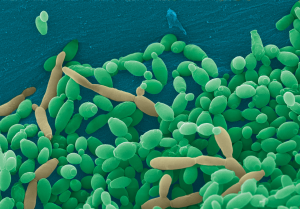


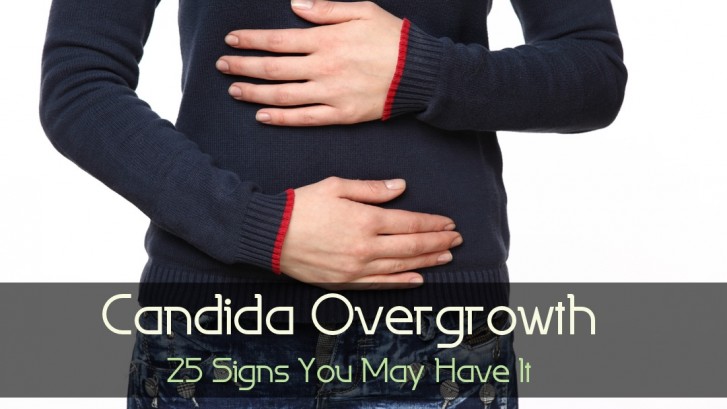
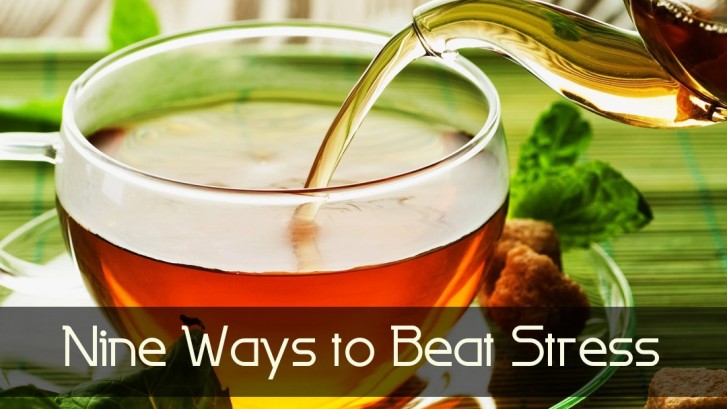

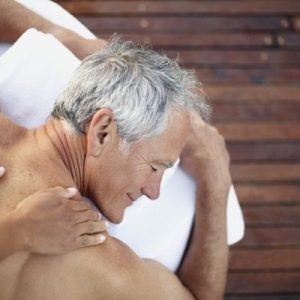 Cut Cortisol 31% – Schedule a
Cut Cortisol 31% – Schedule a 